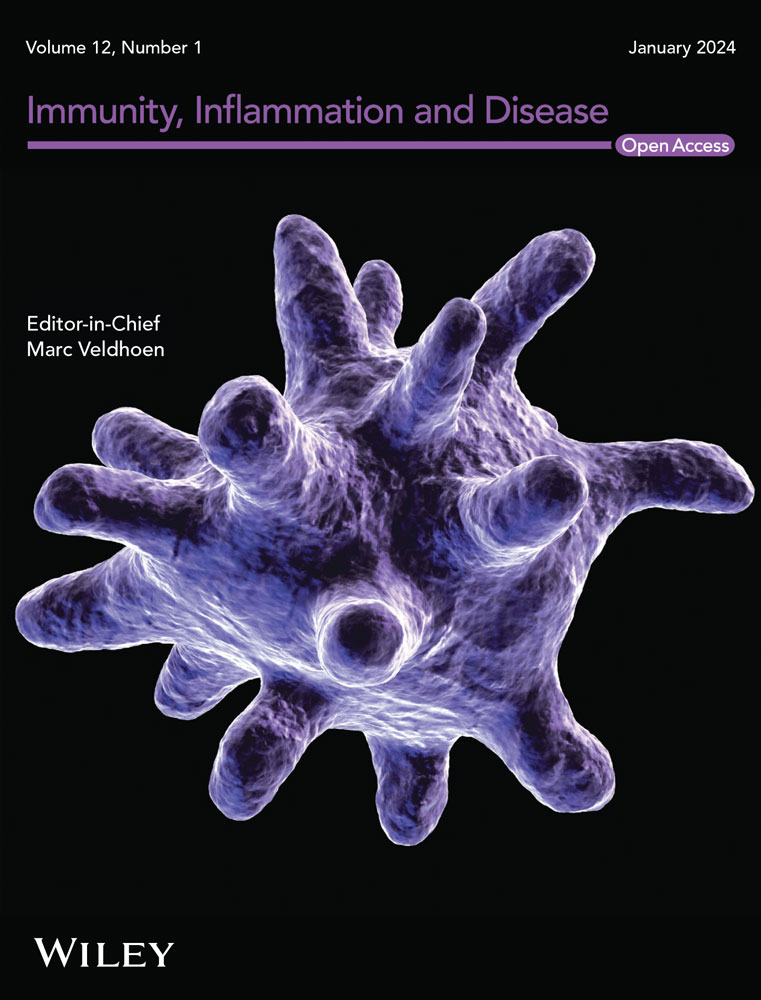Porphyromonas gingivalis and Its Outer Membrane Vesicles Induce Neuroinflammation in Mice Through Distinct Mechanisms
Abstract
Background
Alzheimer's disease (AD) is the most common chronic neurodegenerative disorder, with neuroinflammation playing an important role in its progression to become a major research focus. The role of Porphyromonas gingivalis (Pg) and its outer membrane vesicles (Pg OMVs) in AD development is uncertain, particularly regarding their effects on neuroinflammation.
Methods
The cognition of mice injected with Pg, Pg OMVs, or PBS via the tail vein was assessed by the Morris water maze test. Pathological changes in the mouse brain were analyzed via immunohistochemistry, immunofluorescence and hematoxylin‒eosin (H&E) staining, and the ultrastructure of the hippocampus was observed via transmission electron microscopy (TEM). Plasma levels of inflammatory factors were assessed by enzyme-linked immunosorbent assay (ELISA). Protein levels of brain inflammatory factor, occludin, and NLRP3 inflammasome-related proteins were assessed by western blotting.
Results
Memory impairment; notable neuroinflammation, including astrocyte and microglial activation; and elevated protein levels of IL-1β, TNF-α, and IL-6 in the hippocampus were detected in the Pg and Pg OMV groups. However, Pg induced weight loss and systemic inflammation, such as splenomegaly and increased IL-1β and TNF-α levels in plasma, whereas Pg OMVs had minimal impact. In addition, Pg induced more pronounced activation of the NLRP3 inflammasome compared to Pg OMVs. In contrast, only the Pg OMV group exhibited blood−brain barrier (BBB) disruption characterized by reduced integrity of tight junctions and lower levels of occludin protein.
Conclusions
Pg is associated with a significant immune response and systemic inflammation, which in turn exacerbates neuroinflammation via activating NLRP3 inflammasome. However, Pg OMVs might elude the systemic immune response and disrupt tight junctions, thereby entering the brain and directly triggering neuroinflammation.


 求助内容:
求助内容: 应助结果提醒方式:
应助结果提醒方式:


